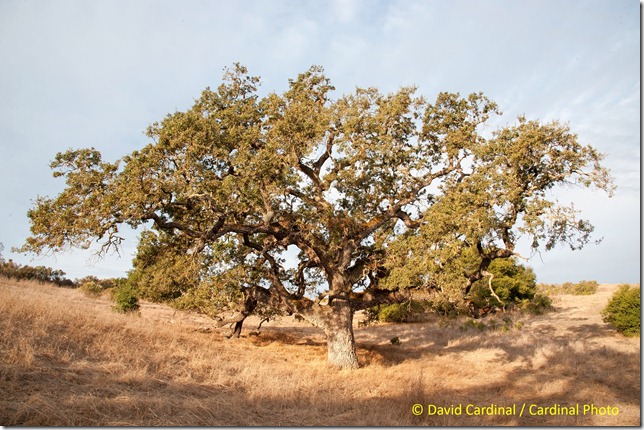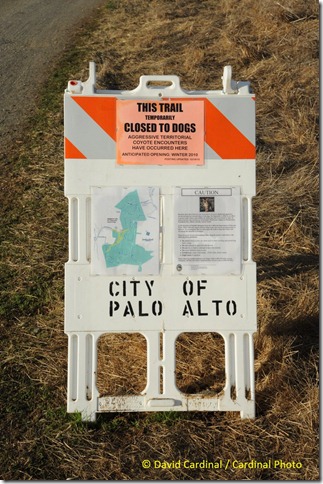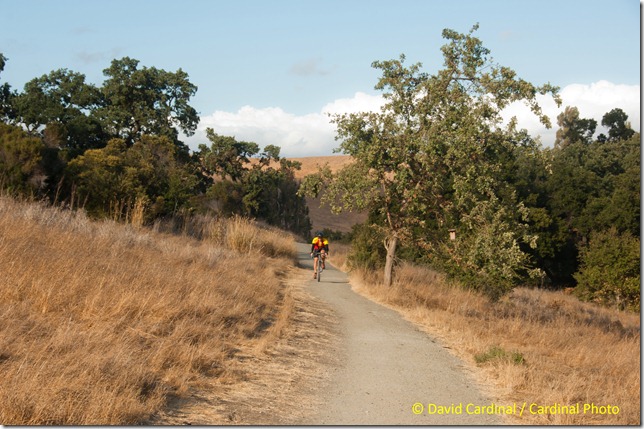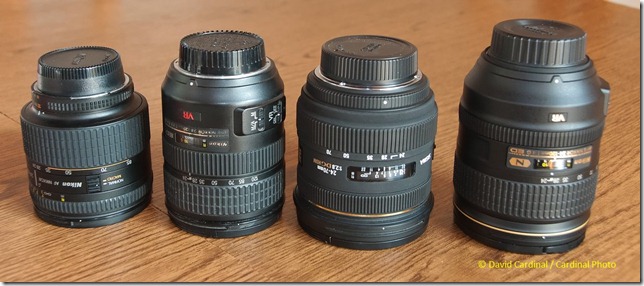- Photo Safaris
- Alaska Bears & Puffins World's best Alaskan Coastal Brown Bear photo experience. Small group size, idyllic location, deluxe lodging, and Puffins!
- Participant Guestbook & Testimonials Candid Feedback from our participants over the years from our photo safaris, tours and workshops. We don't think there is any better way to evaluate a possible trip or workshop than to find out what others thought.
- Custom Photo Tours, Safaris and Personal Instruction Over the years we've found that many of our clients & friends want to participate in one of our trips but the dates we've scheduled just don't work for them or they'd like a customized trip for their family or friends.
- Myanmar (Burma) Photo Tour Myanmar (Burma) Photo Tour December 2017 -- with Angkor Wat option
- Reviews Go hands-on
- Camera Reviews Hands-on with our favorite cameras
- Lens reviews Lenses tested
- Photo Accessories Reviews Reviews of useful Photo and Camera Accessories of interest to our readers
- Useful Tools & Gadgets Handy tools and gadgets we've found useful or essential in our work and want to share with you.
- What's In My Camera Bag The gear David Cardinal shoots with in the field and recommends, including bags and tools, and why
- Articles About photography
- Getting Started Some photography basics
- Travel photography lesson 1: Learning your camera Top skills you should learn before heading off on a trip
- Choosing a Colorspace Picking the right colorspace is essential for a proper workflow. We walk you through your options.
- Understanding Dynamic Range Understanding Dynamic Range
- Landscape Photography Tips from Yosemite Landscape Photography, It's All About Contrast
- Introduction to Shooting Raw Introduction to Raw Files and Raw Conversion by Dave Ryan
- Using Curves by Mike Russell Using Curves
- Copyright Registration Made Easy Copyright Registration Made Easy
- Guide to Image Resizing A Photographers' Guide to Image Resizing
- CCD Cleaning by Moose Peterson CCD Cleaning by Moose Peterson
- Profiling Your Printer Profiling Your Printer
- White Balance by Moose Peterson White Balance -- Are You RGB Savvy by Moose Peterson
- Photo Tips and Techniques Quick tips and pro tricks and techniques to rapidly improve your photography
- News Photo industry and related news and reviews from around the Internet, including from dpreview and CNET
- Getting Started Some photography basics
- Resources On the web
- My Camera Bag--What I Shoot With and Why The photo gear, travel equipment, clothing, bags and accessories that I shoot with and use and why.
- Datacolor Experts Blog Color gurus, including our own David Cardinal
- Amazon Affiliate Purchases made through this link help support our site and cost you absolutely nothing. Give it a try!
- Forums User to user
- Think Tank Photo Bags Intelligently designed photo bags that I love & rely on!
- Rent Lenses & Cameras Borrowlenses does a great job of providing timely services at a great price.
- Travel Insurance With the high cost of trips and possibility of medical issues abroad trip insurance is a must for peace of mind for overseas trips in particular.
- Moose Peterson's Site There isn't much that Moose doesn't know about nature and wildlife photography. You can't learn from anyone better.
- Journeys Unforgettable Africa Journeys Unforgettable -- Awesome African safari organizers. Let them know we sent you!
- Agoda International discounted hotel booking through Agoda
- Cardinal Photo Products on Zazzle A fun selection of great gift products made from a few of our favorite images.
- David Tobie's Gallery Innovative & creative art from the guy who knows more about color than nearly anyone else
- Galleries Our favorite images
Nikon’s New 24-120mm f/4 AF-S VR Lens: The Perfect Compromise?
 Mid-range zooms have become the bread and butter lens for almost all photographers, pro and amateur. So each new announcement in that space is greeted with tremendous energy and excitement. Nikon’s overhaul of the venerable 28-70mm f/2.8 into the digital full frame friendly 24-70mm f/2.8 was big news for Nikon shooters. But the 24-70 is large, heavy, expensive and doesn’t have VR (Vibration Reduction). Sigma’s 24-70 helps with the first three but it also doesn’t have VR. And neither offers the kind of large range photographers have come to want from their zooms. So enter the new Nikon 24-120mm f/4 AF-S VR Lens—Nikon’s third offering in that zoom range. Read on to find out if it finally the perfect fit for your needs…
Mid-range zooms have become the bread and butter lens for almost all photographers, pro and amateur. So each new announcement in that space is greeted with tremendous energy and excitement. Nikon’s overhaul of the venerable 28-70mm f/2.8 into the digital full frame friendly 24-70mm f/2.8 was big news for Nikon shooters. But the 24-70 is large, heavy, expensive and doesn’t have VR (Vibration Reduction). Sigma’s 24-70 helps with the first three but it also doesn’t have VR. And neither offers the kind of large range photographers have come to want from their zooms. So enter the new Nikon 24-120mm f/4 AF-S VR Lens—Nikon’s third offering in that zoom range. Read on to find out if it finally the perfect fit for your needs…

Oak Tree, Palo Alto, California
Nikon D700 with Nikon 24-120mm f/4 VR AF-S Lens
Nikon’s 18-200mm “prosumer” lens gave Nikon shooters their first taste of a quality “super-zoom.” It quickly became the only lens that many travelers and hobbyists ever used. Now with the Nikon 28-300mm AF-S VR Lens even full frame shooters have a great single lens option. But commercial professionals continued to need a faster model with less distortion so the re-designed Nikon 24-70mm f/2.8 Lens has been incredibly popular despite its nearly $2,000 price tag and hefty 2 lb. weight—and of course its glaring lack of VR.
But unlike at longer focal lengths where a wide aperture is invaluable for isolating subjects and ultra-fast focus in the mid-range zoom category f/2.8 just isn’t as important. So there has always been room for a lens with a less aggressive maximum aperture that would offer lighter weight and lower cost. Nikon has tried several times to fill this niche with various “prosumer” lenses including two previous versions of a 24-120 and two versions of a 24-85. But they have all suffered from one issue for another. They have either been slow like the original 24-120, lacked VR like the 24-85 f/2.8-f/4 or suffered light falloff with full frame digital like the second generation 24-120.
Enter the new Nikon 24-120mm f/4 AF-S VR Lens. A tasteful combination of fast focus with the AF-S motors, excellent Vibration Reduction capability, and a very respectable constant maximum aperture of f/4. It is also 8 ounces lighter than the 24-70mm lens. And of course you get the benefit of double the focal length range. From the specs it is a very hard lens not to like. Depending on your point of view it is either a bargain or a stretch on price—it is almost $500 cheaper than the 24-70 but it is double the price of the current 24-120 and $200 more than the 28-300.
Build & Handling
The Nikon 24-120mm f/4 AF-S VR Lens is very solidly built and a joy to handle once you get over the fact that it is larger than its predecessors. It clearly holds its own as a “pro” quality lens at least on initial use. Obviously since it is brand new there isn’t enough experience with it in the field to know how it will hold up over the months and years of wear and tear a typical pro lens gets, but it’s excellent feel bodes well.
Image Quality
Images from the Nikon 24-120mm f/4 AF-S VR Lens are stellar. As always purists can point out the distortion and fringing inherent in any zoom lens, but this lens really does a beautiful job creating sharp and largely problem free images. Even with a full frame sensor there is very little light falloff in the corners—a big improvement over the older two versions of the Nikon 24-120. To provide a resolution test I photographed a sign at our local park (shown below) at various apertures and have reproduced full scale crops of some of the smallest text on the sign to give you a sense of the lense’s resolving power.

Sample Image showing Lens Resolution
Nikon D700 with Nikon 24-70mm f/4 AF-S VR Lens




Zoomed in area of Sample Resolution Image at f/4, f/8, f/16 and f/22 showing sharpness at various apertures
Should you Upgrade from your current zoom?
If anything about your current lens bugs you—focus speed, image distortion or build quality for example—then if you can afford the price tag this lens is for you. It is a solid step up from all of the previous prosumer Nikon mid-range zooms, but with a corresponding step up in price and size/weight. Do be warned that it is probably larger and heavier than the lens you are using (see the side by side image below).

Bicyclist in Palo Alto, California
Nikon D700 with Nikon 24-120mm f/4 AF-S VR Lens
NOTE that there is almost no light fall off in the corners, even without any lens correction applied
Lens Sizes—Side by Side
The image below shows some of the options available to full frame Nikon shooters, the venerable 24-85mm f/2.8-4 is the small one on the left and then in size order are the current 24-120mm AF-S VR lens, the Sigma 24-70mm f/2.8 HSM OS Lens and the largest is the new Nikon 24-120mm f/4 AF-S VR Lens. The Nikon 24-70mm f/2.8 is a little larger and heavier than any of these. You can see that while the new 24-120 isn’t by any means huge compared to “pro” lens models but it is a beefy unit compared to all the existing prosumer and “intermediate” grade lenses.

Nikon 24-85mm f/2.8-f/4, Nikon 24-120mm f/4.5-f/5.6, Sigma 24-70mm f/2.8 Lens, Nikon 24-120mm f/4 Lens
Who Should Buy This Lens?
This lens fits squarely in what is often called the “prosumer” category, between the new Nikon 28-300mm “all in one” Super-Zoom and purists who will cover this range with a 24-70mm f/2.8 and 70-200mm f/2.8 combination of lenses. The Nikon 24-120mm f/4 AF-S VR Lens will set you back $1299 at B&H, about $250 more than the Nikon 28-300mm AF-S VR Lens and a lot less than buying two different f/2.8 pro lenses.
So deciding whether you should rush out and get the new Nikon 24-120mm f/4 AF-S VR Lens is a matter of where your needs and budget puts you on that spectrum. If convenience is the most important feature for you you’re probably better off with the 28-300 for a similar price. But if you want a step up in image quality and lens speed without leaping all the way to multiple large and expensive f/2.8 lenses then the new 24-120 is a killer middle ground.
Should you “Downgrade” from the 24-70?
Obviously there is no specific need to do anything if you already own the flagship Nikon or Sigma 24-70mm f/2.8, but if you want VR or something a little lighter and smaller (than the Nikon 24-70, about the same size as the Sigma 24-70) to lug around the 24-120 will provide excellent optics in a more convenient package. You can probably get it for less than you can sell your 24-70 for used. So the other question to ask yourself is how much you need the extra range of your longer zoom (if you own the 24-70 then we’re probably talking about the 70-200 f/2.8). If you can live without the extra reach of the 70-200 then you can greatly simplify your life by replacing two very large and heavy lenses with this one relatively modestly priced and modestly sized lens that can do much of the work of both.
In my personal case I’m a little torn but frankly I really need the ultra-fast f/2.8 for my action photography in the 70-200 range (both Nikon and Sigma have great 70-200 f/2.8 lenses I’m delighted to use) so I need to carry that lens anyway. And I already have a Sigma 24-70mm f/2.8 IF HSM Lens with fast focus although I would gain VR and a little more flexibility by not having to change lenses for mild telephoto situations.

